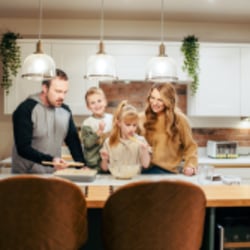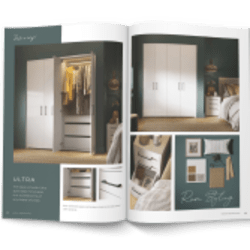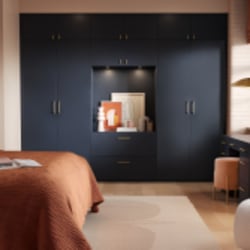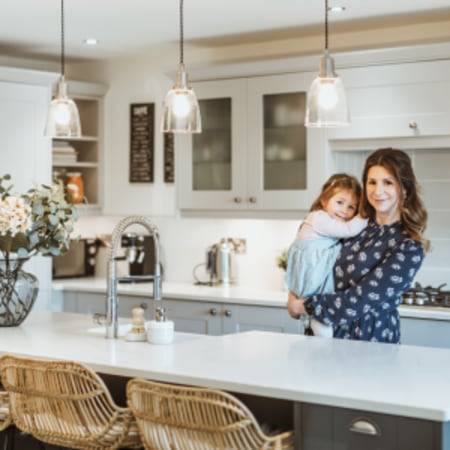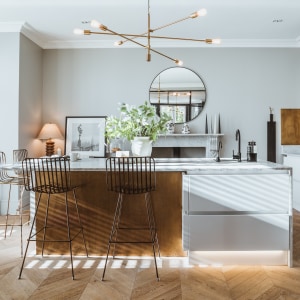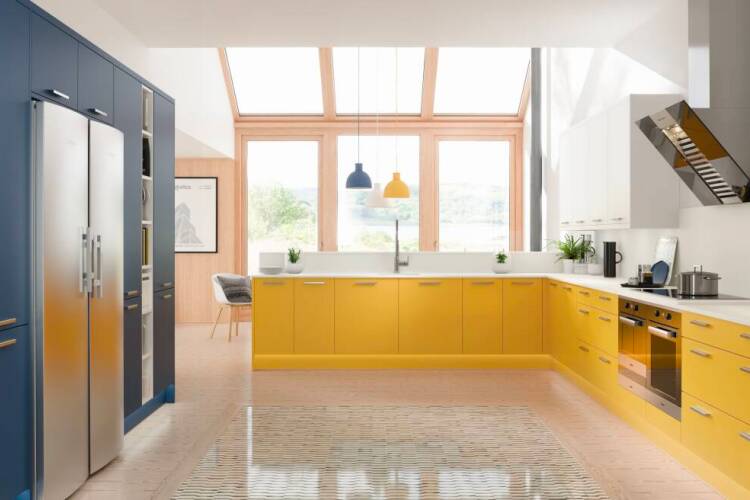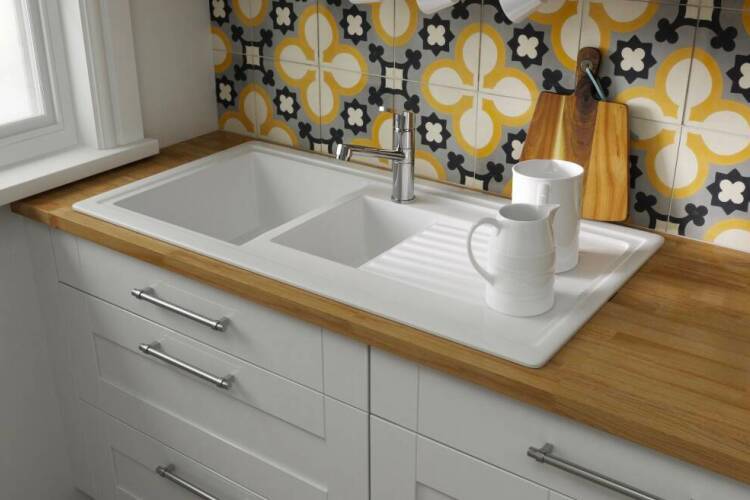A beginner's guide to kitchen colour schemes
Colour ideas
Choosing a colour scheme can be one of the most exciting parts of designing your kitchen. But don't fret if you're not sure which colours you want, or you've never devised a colour scheme for your home before.
Here you'll learn what you need to know when it comes to designing your kitchen colour scheme, so you can follow (or break!) the rules and enjoy being creative with your kitchen.
Three basic types of colour schemes
When it comes to interior design, there are three basic colour themes that rooms tend to embody:
- Tonal: Choose one base colour and use variations of it across the room. This works well for contemporary kitchens: for a muted, monochrome kitchen, use different shades of grey or blue on the units, worktops, and walls.
- Layering multiple shades of white can also be used to create an ultra-modern or traditional kitchen, depending on the textures the colours are applied to.
- Harmonious: Use colours that are close on the colour wheel, and complement each other without being too similar.
- It's easy to create a specific theme with a harmonious kitchen – green, white and brown can create a country-cottage vibe while light blue, white and grey can be used for a fresh, modern feel.
- Complementary: A bolder approach, complementary colour schemes use opposites to create a statement in the room. Colours still correspond, but the contrast is much stronger than in a harmonious scheme.
- You can create a strong statement with white units and burgundy walls, or tone it down with pale walls and units and a stand-out feature, such as a brightly coloured island or oven.
Of course, these aren't strict rules and many people choose to mix aspects of each theme to create their own unique colour scheme. Read about how to create a colour palette for your kitchen to explore more combinations.
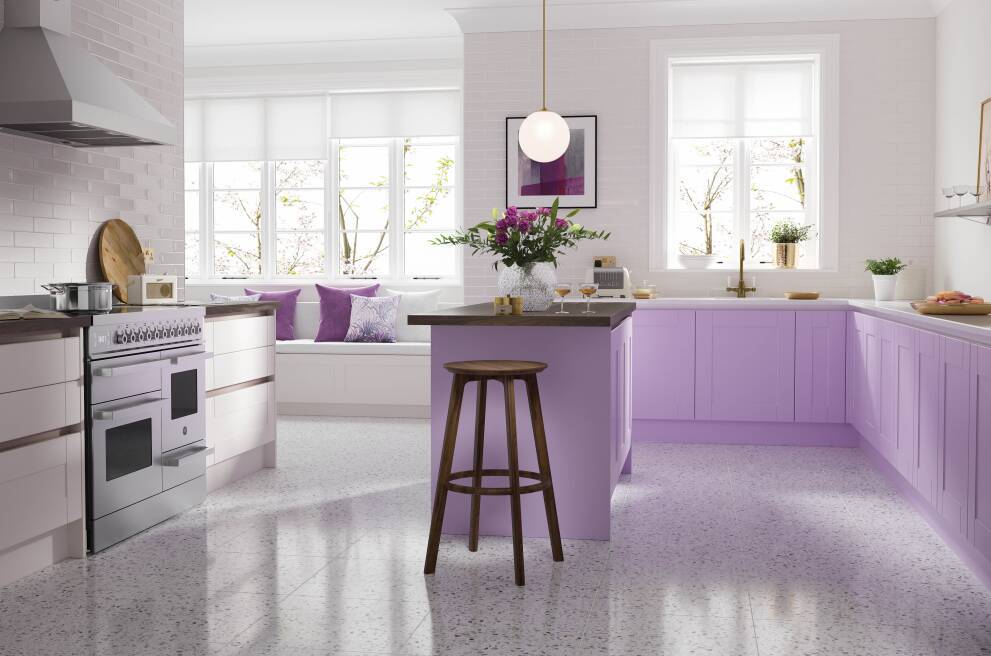
Getting started: How to choose colours for your kitchen
Deciding which colours to use in your kitchen is largely down to personal choice. You might have a favourite shade of pink you're dying to splash on the walls in your home, or you may want to integrate yellow units because they remind you of your grandmother's kitchen.
Colours are strongly associated with mood. One way to narrow down the rainbow is to think about how you want to feel when you're in your kitchen.
- Energised: Vibrant colours and glossy shades of white are stimulating and can be perfect for a busy family kitchen.
- Calm: Neutral tones and pastels are soothing, ideal for creating a warm and cosy environment.
- Sophisticated: Smoky shades of grey and deep jewel tones are serious and cultured, just right for a kitchen that's central to a lot of dinner parties or gatherings.
- Quirky: Mixing unexpected shades and adding textured detail can result in a fun kitchen that reflects your unique personality.
- Urban: Using a stripped-back colour scheme with a loud feature colour is a great way to design a contemporary kitchen that is trendy and up-to-date.
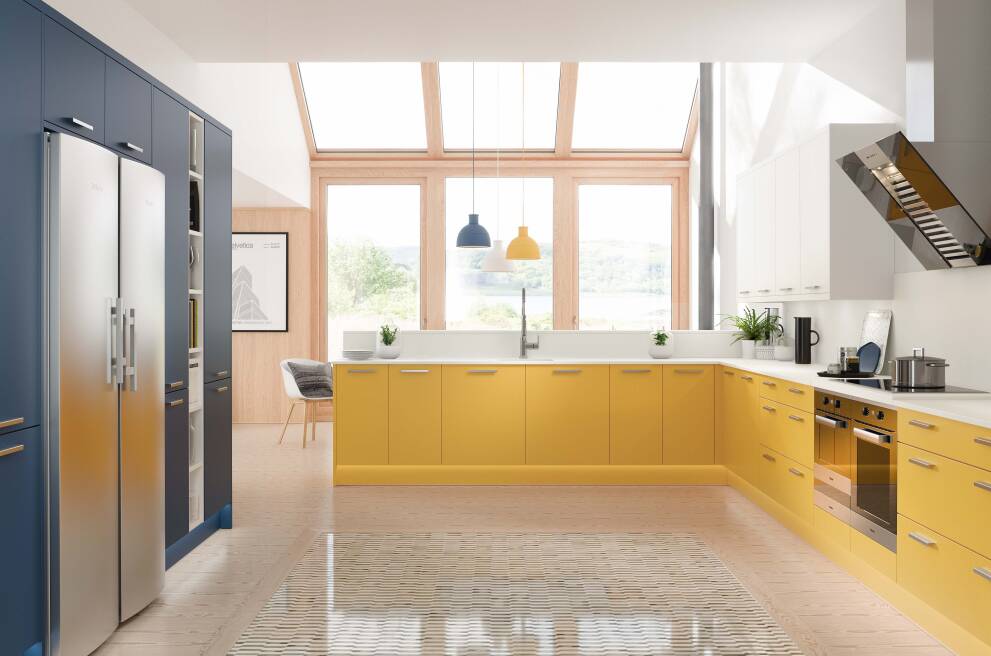
Style and placement: Where to include colours
Once you know what kind of colours you'd like to use, you can start to think about where you'll want to place them. Depending on the size and layout of your kitchen, different shades work better in different locations.
If you have a small kitchen
For smaller kitchens, it's usually best to stick to a light colour scheme. This doesn't mean you can't include dark elements, but they should always be balanced against pale surroundings. Dark flooring and worktops can be contrasted against light units and walls to maintain an open feel, while dark cabinets or walls can be paired with a pale floor and matching worktops.
Just as light and dark should be balanced, avoid using too many loud colours in your kitchen (unless you want a really vibrant scheme). Consider choosing one feature to be bright, such as the worktops or units, and styling the rest in a subtler, complementary shade. Alternatively, you can use a vibrant colour to make a statement with a splashback.
If you have a medium or large kitchen
Bigger kitchens tend to have more flexibility when it comes to colour, as there's less risk of overwhelming the layout. However, it's still important you don't overdo it. If you have plenty of natural light, dark tones can work across your entire scheme. Otherwise, adhere to similar rules for small kitchens and be sure to balance dark and light.
To avoid creating a scheme that's too uniform, use a range of shades across the walls, floor and units. Create your own colour pallet with tonal or harmonious colours that will make you feel good in your kitchen. If you want to make a real statement, include a kitchen island in a surprising colour or add a burst of brightness with a feature wall.
Adding detail with different textures
While you might choose a single colour to use on your units and walls, it may not be the case for your floor and worktops. Using a specific, monotone shade on the floor is a great way to create a contemporary look. However, if you don't want a uniform kitchen, you can use different textures to break up the scheme.
Wood flooring is available in a variety of finishes that will suit any colour scheme. An oak floor can add warmth to a navy blue or grey kitchen, while bleached wood can bring a bright, Scandinavian appeal when paired with pastel shades. Dark wood countertops can have a rustic edge, while pale wood adds cheer to a country-cottage theme.
Marble countertops are another beautiful way to create depth in your colour scheme. Choose a rich finish that contrasts against your units, such as pearly white against inky black, or liven up a tonal kitchen with a pattern that uses the same colours as the rest of your features.
You may find the best way to find colours that speak to you is to play around with shades. Use our kitchen planning tool to explore creating your dream kitchen, or head to your local Wren showroom to see the possibilities up close.

